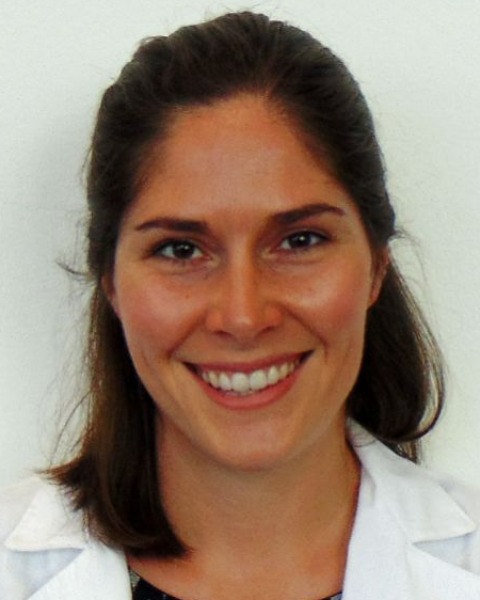Neonatology
Session: Neonatal General 9: Outcomes, Genetics. Ethics
387 - Second-Line Medication Management of Neonatal Opioid Withdrawal Syndrome in Infants with Fetal Polysubstance Exposure
Monday, May 6, 2024
9:30 AM - 11:30 AM ET
Poster Number: 387
Publication Number: 387.3168
Publication Number: 387.3168

Sarah Andrew, MD (she/her/hers)
Resident
Duke University School of Medicine
Durham, Virginia, United States
Presenting Author(s)
Background: Many infants affected by neonatal opioid withdrawal syndrome (NOWS) are exposed to additional substances in utero. Effects of additional non-opioid exposure on the incidence and severity of NOWS is not well-understood. Current treatment guidelines for NOWS do not differentiate pharmacologic recommendations for infants with isolated opioid exposure compared to polysubstance exposure (PSE).
Objective: Evaluate characteristics of infants affected by NOWS who received second-line medications and determine if addition of second-line medication in infants affected by PSE improved length of stay (LOS) and length of treatment (LOT).
Design/Methods: We conducted a cohort study using the Advancing Clinical Trials in Neonatal Opioid Withdrawal Current Experience data set which included 1808 infants born from 2016-2017 at 30 hospitals. We included infants with PSE who received medication treatment for NOWS. We defined PSE as exposure to an opioid plus an additional substance in utero (including alcohol, gabapentin, nicotine, amphetamines, barbiturates, benzodiazepines, PCP, marijuana, SSRI, cocaine, and methamphetamines). Demographic and clinical characteristics of infants with PSE were compared. We assessed differences in hospital LOS and LOT in infants with PSE treated with first-line medications alone or first and second-line medications via a generalized linear mixed model. Counts with percentage and means with standard deviation were used to describe categorical and continuous study variables.
Results: Of 578 infants that met inclusion criteria, 180 were treated with a second-line medication (Table 1). In infants with PSE, the mean LOS was 13.6 days (95% CI:10.1-17.2) shorter in the first-line medication only group when compared to the first-line and second-line medication group (18.5 vs 32.1; p< 0.001, Table 2). In infants with PSE, LOT was 12.9 days (95% CI: 9.1-16.7) shorter in the first-line medication only group when compared to the first-line and second-line medication group (13.8 vs. 26.7; p< 0.001, Table 2).
Conclusion(s): In infants with NOWS affected by fetal PSE, the addition of second-line medications was not associated with shorter LOS or LOT compared to use of first-line medications alone.
.jpg)
.jpg)
